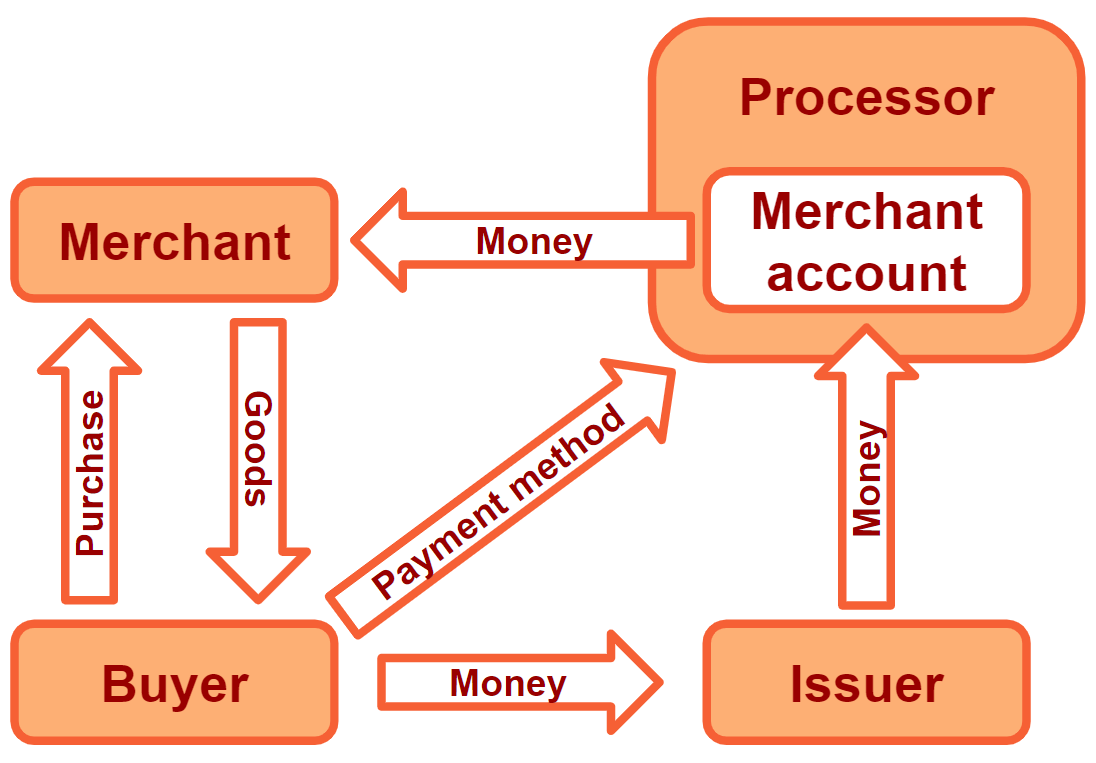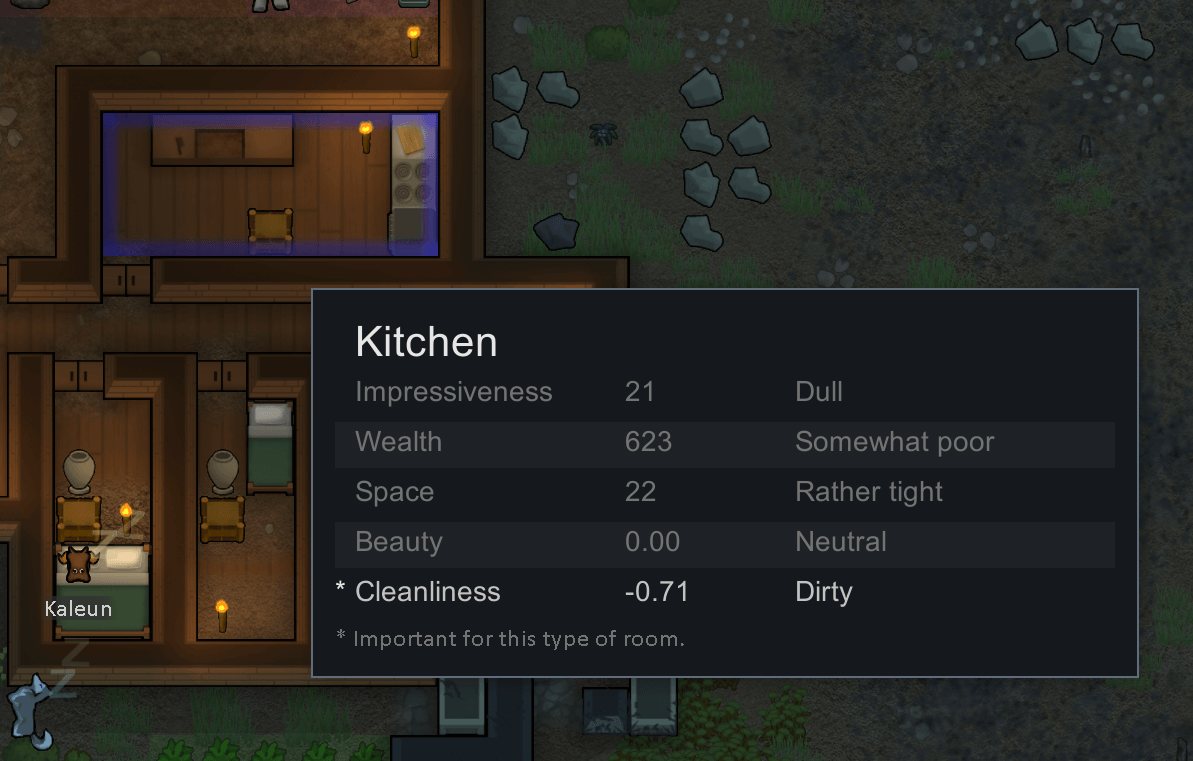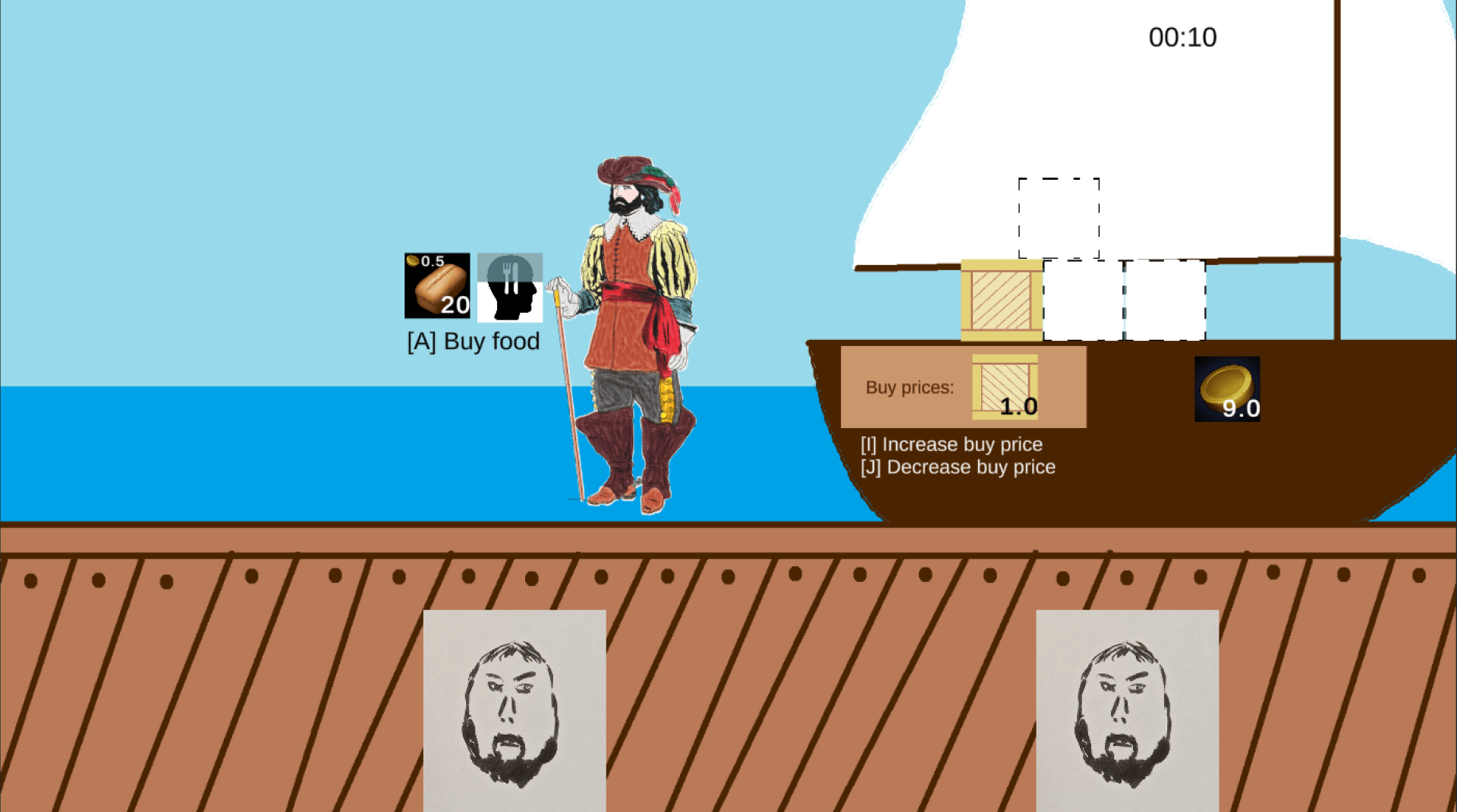Part two: Product presentation and meeting tips (Brainstorming does not work)
This is the second post about presentations. You can read the first one in case you missed it.
Present in a way that tells a story and gives required background
When you present the goals, expectations, and subject matter in a good way, people can quickly connect and contribute. If your presentation is unorganized, people will have a hard time trying to respond. I pretty much hate the term ‘storytelling’ even though people often tell me I’m good at it. I prefer to think of a good presentation as a well-structured argument. Start with premises, the things everyone should know and agree upon to start the conversation.
Give background and context
Don’t assume people know the details or are familiar with the background, even if you’ve discussed it with them in the past. Each person’s mind is focused on things that matter to them, not on those that you deal with on a daily basis. Make sure to remind everyone of the relevant history, past decisions and their reasons, and the long term vision. Even if it feels that you’ve said it a dozen times before already to each person separately.
Clearly repeat the definition of specific terminology, jargon, and formulas and make sure everyone understands them. Do this in a welcoming way. Asking ‘Do you have any questions?’ or ‘Does anyone understand?’ does not encourage many people with a more introverted personality to speak up. Saying something like ‘this is a unique terminology that may not be familiar to you’, ‘this formula might be not intuitive’, or ‘this is a complex process that I often need to explain in details’ makes people not see themselves as limited and failing to understand, but as facing with a task that it is legitimate to ask help for.
Ultimately, if you ask for the help of others, it’s your responsibility to make sure they understand. There was a time that I used to feel I just can’t repeat myself five times on the same topic, each time with a different group of people, so I just assumed everyone has the same knowledge and background. Many times I felt I don’t want to hear myself saying the same things one more time or that I was trying to save five minutes at the beginning of the meeting. turned out in almost every case to me answering very basic questions thirty minutes after the meeting kicked off. Meaning that until then the meeting was a waste of time for the person asking that question, as they missed some key knowledge, and I did not make sure to give it to them.
Follow a logical order
The best method I have for that is to move forward instead of backward when planning the presentation. I lay down the background and ask myself ‘If I had no additional knowledge, what would I need to know next to be able to contribute as a participant?’ Then I go to prepare the next section to answer that question. It does not need to be a well-designed deck of slides. You can also share a document with bullet points, or have your private document to look at when you talk.
Working forward helps you is several ways:
- It makes sure you give the right background and don’t jump past important information.
- It makes it easier for the audience to follow.
- It helps you to figure out whether you are trying to cover too much. If you see that you need to build a 30 slides deck for a 20 minutes call, you should probably rethink the scope and goals of the call, and consider making it longer or having a followup call.
Human interaction in groups is important and can be done only when everyone is present, give it time
This point might seem to you as the opposite of what I’ve written so far. Indeed, making a meeting productive and meaningful requires planning, scoping and leading. Putting people in a room and ‘letting them talk’ is a guaranteed recipe for wasting everyone's time. But it does not mean that every moment people don’t follow the plan is a waste of time.
Human interaction is not linear and has to go through detours and unexpected areas in order to be meaningful. If we did not need live human interaction we wouldn’t have any reasons to have meetings (needless to say, many meetings could have been emails, we all saw it during the first few weeks of COVID). When you decide to have a meeting, allow it to evolve in the ways human interaction takes, at least for some minutes in every one of the sections you have planned. People have many types of needs: to hear themselves, to be listened to, to listen to others, to find out that others think the same about certain things or that others don’t understand the same things. Allow people to interact for a while to fulfill those needs. Work is not only about getting things done.
Wrap up clearly and set follow up
A group of people just invested their time in what you need. Make sure you communicate to them what the meeting has managed to achieve. If you were to get their feedback, repeat the main points and explain what you are going to do with it. If you were to get agreement, state that the agreement was achieved and its contents.
Say what’s next: what people should expect to happen? When they will hear from you next? Do the participants need to do something else, like emailing you with their thoughts or introducing a new person into the process? Say all these things at the end of the meeting, and if needed also send them in writing.
You can cancel meetings
If the meeting is getting close, and you sense unclarity regarding the goals of the meeting and what it is that you are looking to get out of it, consider cancelling it or pushing it to a later date.
It is quite self disappointing to go out of a meeting you owned and think that you wasted everyone’s time. In most cases, people won’t be angry with you if you tell them a meeting won’t happen. They have their own work to do and will appreciate it if you free up an hour of their time.
Share if you think it's good

Don't miss a thing
We promise to only send you the good stuff. No spam.

